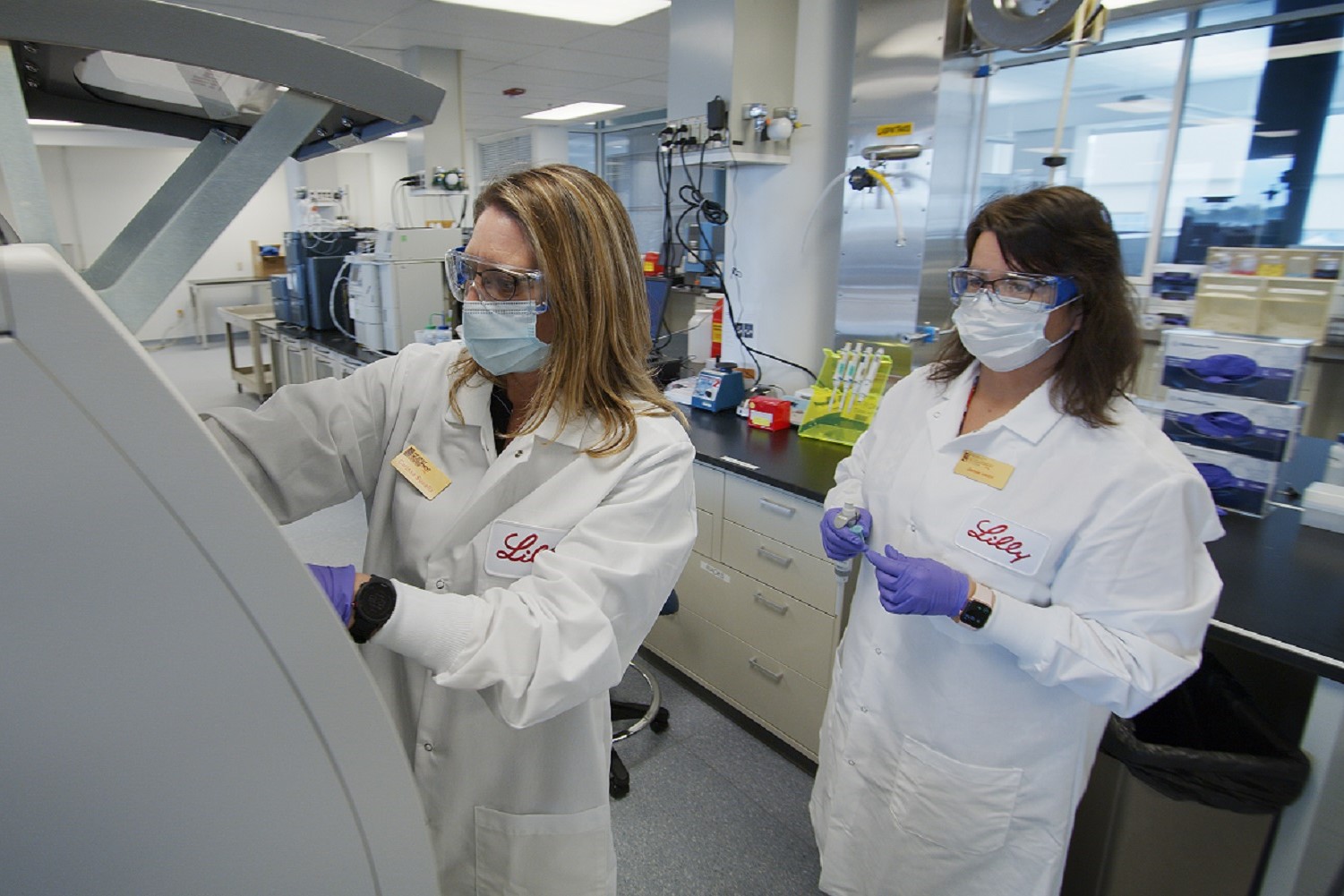A San Jose startup is planning the first clinical trial on its mission to add hyperthermia to the arsenal of cancer treatment options.
Driven to find an alternative for his patients who had run out of treatment options for their cancer, gynecologic oncologist Dr. James Lilja came across a heat-based therapy called hyperthermia. It’s a technique in which all of the cells and tissues in the body are exposed to temperatures above 107 degrees Farenheit, at which point they can become more susceptible to treatments like radiation therapy or chemotherapy. Very high temperatures can even kill cancer cells.

With the Rise of AI, What IP Disputes in Healthcare Are Likely to Emerge?
Munck Wilson Mandala Partner Greg Howison shared his perspective on some of the legal ramifications around AI, IP, connected devices and the data they generate, in response to emailed questions.
While targeted forms of hyperthermia are FDA-approved in the form of radiofrequency ablation, full-body hyperthermia is still considered experimental. Just as they can kill cancer cells, very high temperatures can also kill healthy cells and tissues, so the technique requires careful control. And although it’s been studied in clinical trials, strong efficacy data has not yet been achieved.
One study conducted in the early 2000s at the University of Texas, Galveston, found that whole-body hyperthermia significantly extended length-of-survival in a small cohort of late-stage lung cancer patients. Lilja recruited the study’s lead researcher, Roger Vertrees, and several other physicians to form ThermalCore with the goal of refining the technique and showing that it’s safe and reproducible as a complementary cancer treatment.
The company says it’s received a green light from the FDA to begin clinical trials of a device that removes blood from the body, circulates it through a series of pumps, heats it and returns it back into the body.
Here’s how ThermalCore describes the treatment on its website:
“The HEATT technique developed by ThermalCore uses a combination of cardiac bypass, kidney dialysis and liver detoxification resulting in balanced blood chemistries and homogenous distribution of heat, while allowing precise control of the body temperature. Heated blood is returned to the patient from the device and then the heart’s output is used to distribute the heat, allowing for rapid ramp-up of the core body temperatures and a higher sustained temperature. This creates a better tumoricidal effect and is less likely to cause damage to healthy tissues via a predictable, substantial thermal dose.
During animal trials, our HEATT procedure has allowed us to achieve and maintain a core temperature of up to 110-degrees Fahrenheit for 2 hours, while balancing blood chemistries in real time and eliminating adverse effects on the heart and lungs.”
The upcoming Phase 1 safety trial will consist of 20 patients, each receiving six rounds of treatment in a 28-day cycle, according to the company’s media rep, Aaron Henderson. To complete the trial, the San Jose startup is looking for $2 million in capital, as disclosed in a recent SEC filing.
Initially the team will focus on treating ovarian cancer. But long-term, they think the treatment could be beneficial to all kinds of cancer patients.
“We also intend to prove hyperthermia’s utility in treating multiple solid tumors and to build a shared central reference knowledge base for physicians,” Henderson said. “Another important goal is creating a clinical board for hyperthermia, as we believe that once this technique is established as safe and reproducible, whole-body hyperthermia will become the ‘fourth modality’ in the treatment of cancer.”
[Image credit: ThermalCore]














